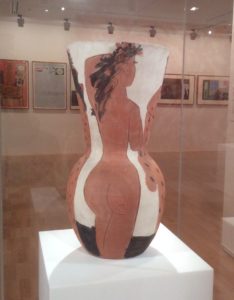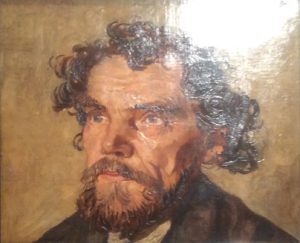Postcard from Lanzarote: The Magic of Manrique
Imagine: a fourteen-day cruise with stops at Lisbon, Lanzarote, Gran Canaria, La Palma, Tenerife, and Madeira … each one with tours to take you ashore and show you the local sights and delights.
When the MV Ventura stopped for one day in Lanzarote, Anne and I took advantage of an excursion to discover the Magic of César Manrique, the Spanish artist, sculptor, architect and activist.
The visit included entrance to the César Manrique Foundation, situated in Manrique’s former home, Taro de Tahíche.
Outside the house, visible from far away, is this statue: Monumento al Campesino (a monument to the peasant). It’s constructed from scrap parts and stands tall above the coach park.
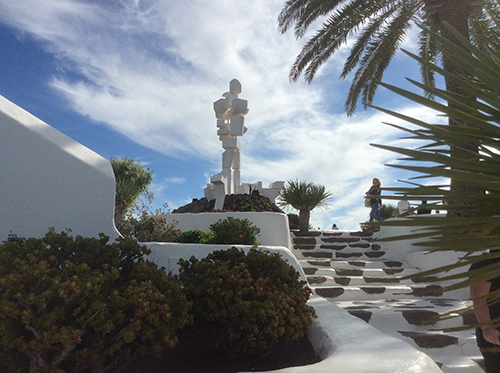
Monumento al Campesino
César Manrique was passionate about the landscape, keen to make use of it, to blend buildings in with it. He chose to site his house on the solidified lava rock created by an 18th-century volcanic eruption that transformed the Lanzarote terrain; he made use of the bubbles which naturally form when the volcano erupts.
The top of the first bubble is visible as you walk through the gates and into what we might call the front garden.
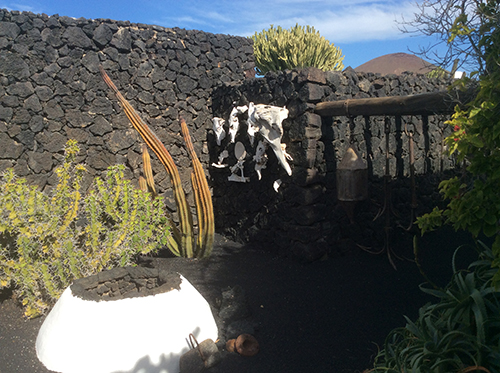
Looking down into it, you see the room below.
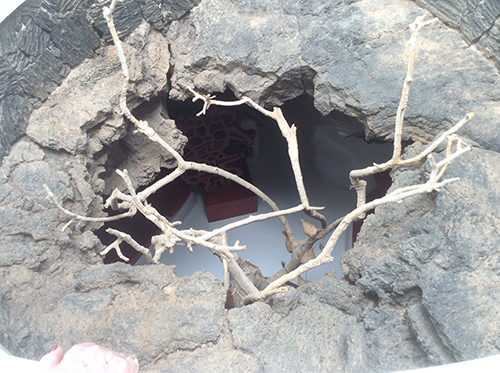
The sculpture you can glimpse from up here … is within a room below and is indicative of his style. His sculptures appear all over Lanzarote, especially on the islands in the middle of the many roundabouts.
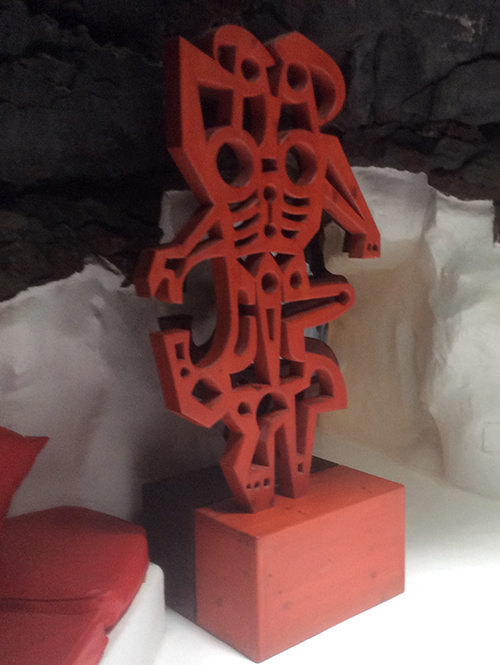
The decor of the rooms, cut into the volcanic earth, is simple, with single colour schemes. White …
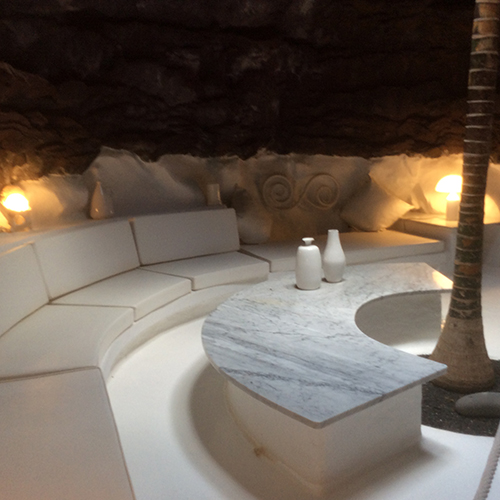
And yellow …
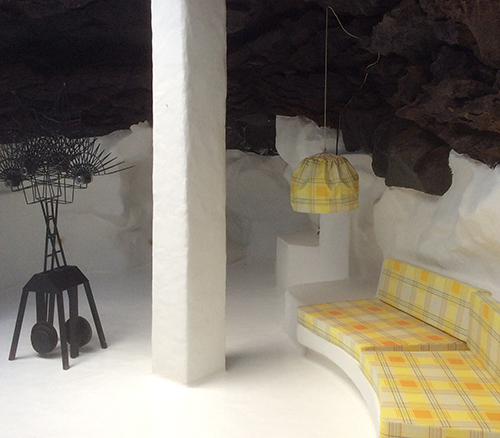
The emphasis is on clear cut lines. No fuss.
The paintings of César Manrique
There’s not enough space here to share all the paintings on show. His, and those of many famous artists of his generation, like Picasso, adorn the walls.
Anne liked this one the best – for its simplicity.
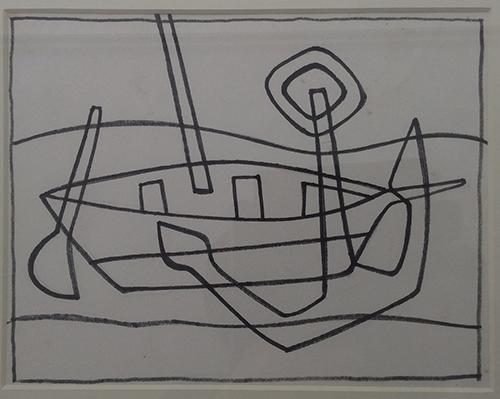
His geometric lines are to be seen in the garden too.
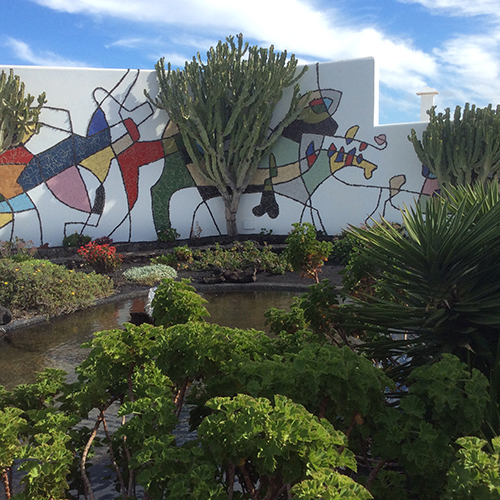
When you are inside the house, you are acutely aware of the outside – the view across the volcanic black earth to the sky through massive windows. Within the space, a pool is cut into the rock and the black volcanic rock painted white. Even the man-made structures are made to look natural.
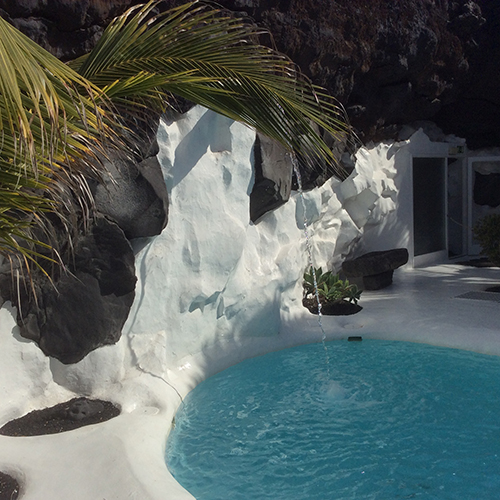
If ever you are in Lanzarote, take time out to visit the César Manrique Foundation. Rather than taking a coach tour, which limits you on time, make your own way there and enjoy every part of the experience to the full.
This post is one of my POSTCARD series, sharing all things ART with you when I go travelling. My previous postcard focused on the sketching I did while aboard MV Ventura.
Next week’s blog shares the art we discovered when we returned to the UK.


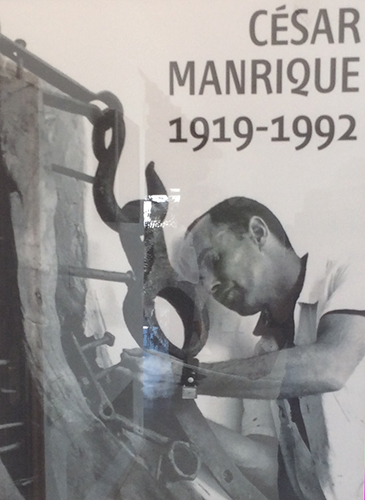
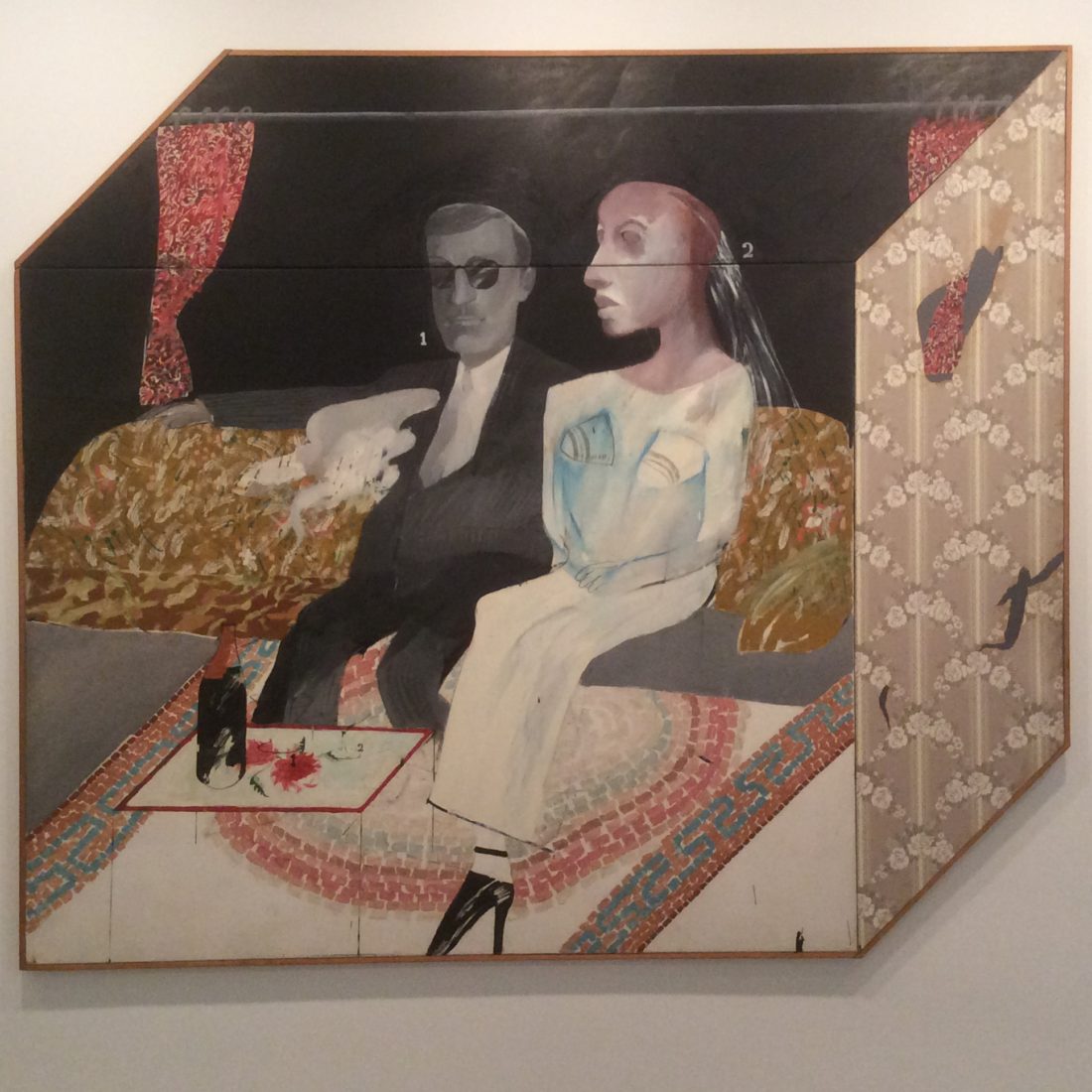
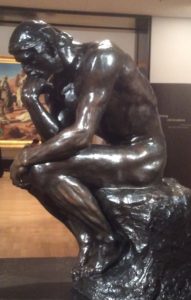
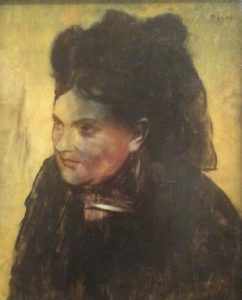 (Left) Rodin’s The Thinker: it was well worth spending time, admiring his undoubtable handiwork.
(Left) Rodin’s The Thinker: it was well worth spending time, admiring his undoubtable handiwork.